Technical roadmap
Grille → Comprehensive regulation tank → Synchronous anaerobic digestion tank for sewage and sludge → Horizontal cross anaerobic sludge interception and digestion → Hypoxic denitrification tank → Secondary aerobic tank → MBR membrane tank → Clear water tank
Our company has independently developed the "sewage sludge synchronous anaerobic digestion tank+horizontal cross anaerobic sludge retention and digestion" technology for high organic matter wastewater. It uses microorganisms to decompose organic pollutants such as CODcr, BOD5, SS, etc. in high concentration wastewater, ultimately forming CH4, CO2, NH3, and H2O. At the same time, by utilizing the characteristics of efficient anaerobic biological fillers, which are uniformly stretched in all directions and have a large specific surface area, they can intercept anaerobic activated sludge particles, prevent excessive sludge loss, ensure the continuous high concentration level of anaerobic activated sludge in the tank, and facilitate the full contact and reaction of sewage and sludge. An anaerobic digestion and stirring device is installed inside the tank, Maintain the synchronous anaerobic digestion of sewage sludge, keep the internal solution in a long-term flowing and mixed state, and continuously move the activated sludge particles to degrade the COD in the wastewater.
Effluent quality
BOD5: 25mg/L, CODcr: 80mg/L, ammonia nitrogen: 10mg/L, total nitrogen: 20mg/L, and total phosphorus: 1.0mg/L.
Features and advantages
1) Anaerobic microorganisms have a long solid residence time, high impact load resistance, short start-up time, and no need for residual sludge treatment;
2) High denitrification efficiency, 20% reduction in alkali dosage, 30% reduction in denitrification tank volume, 20% reduction in energy consumption, and 30% reduction in sludge volume;
3) The equipment has a long dwell time in each process section and can withstand impact loads; The microorganisms in the reactor are located in the endogenous respiration zone, and the production of residual sludge is small and the concentration is high. After sludge dewatering, it is outsourced for treatment.
Application scope
industries such as pharmaceuticals, papermaking, printing and dyeing, citric acid, sugar making, alcohol, aquaculture, PTA, etc.
-
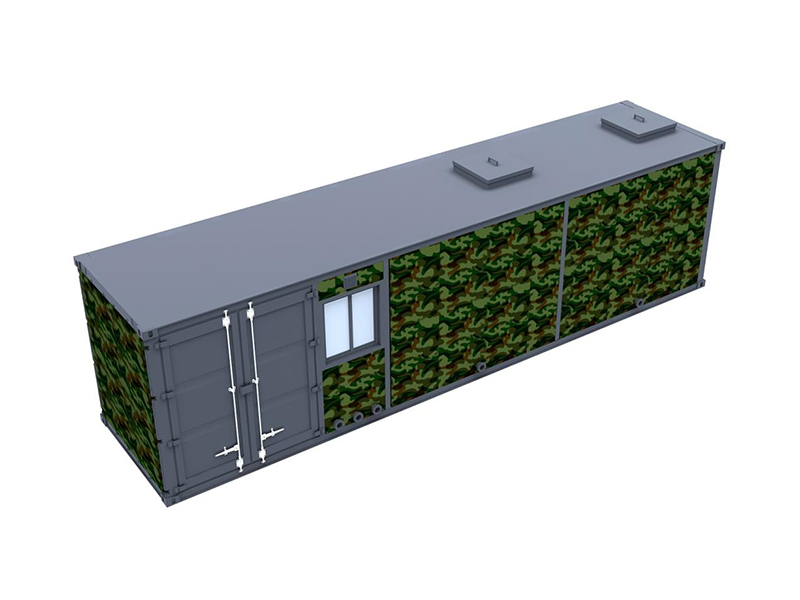
Equipment Technology Introduction - Domestic Sewage Treatment and Reuse Equipment
-
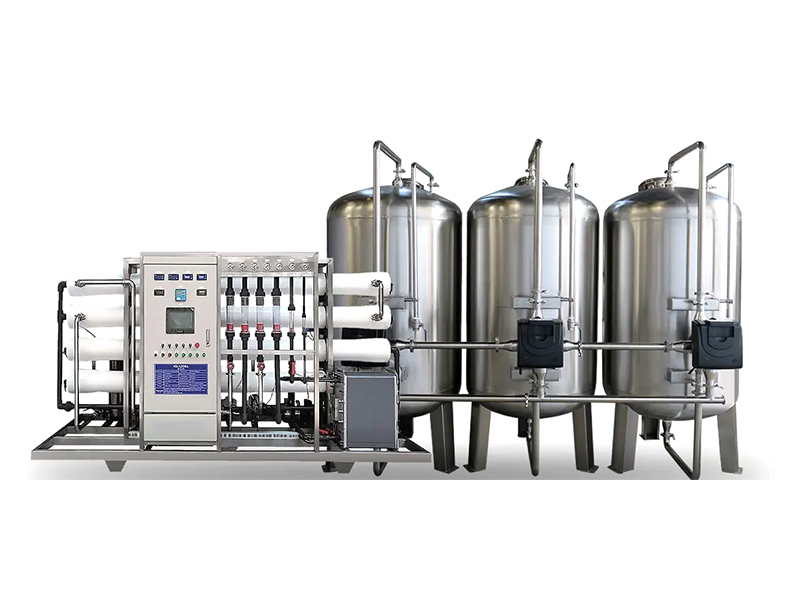
Industrial pure water treatment equipment
-
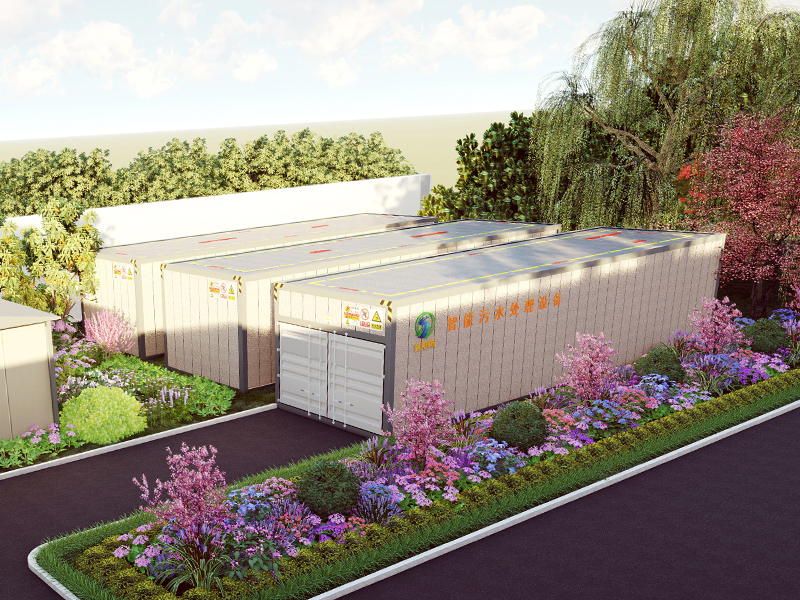
Equipment Technology Introduction - Organic Wastewater Treatment Equipment
-
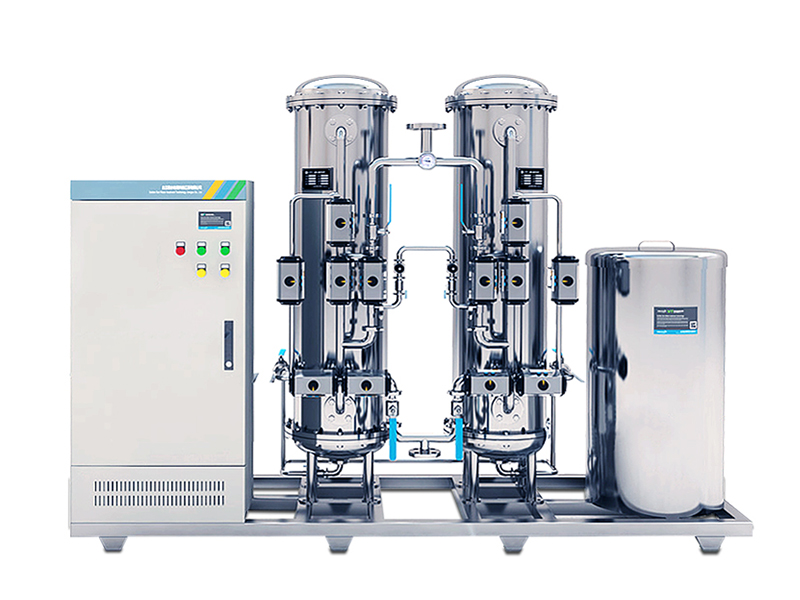
Groundwater softening device
-
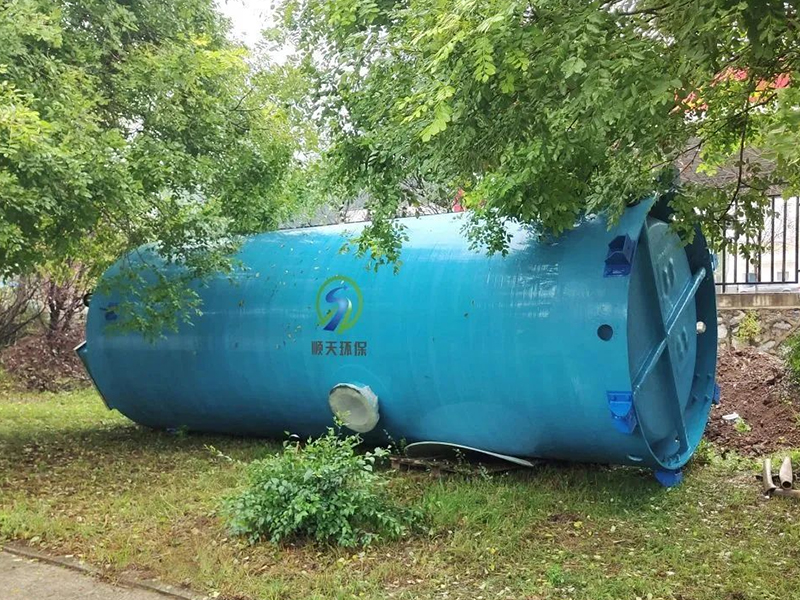
Intelligent integrated prefabricated pumping station
-
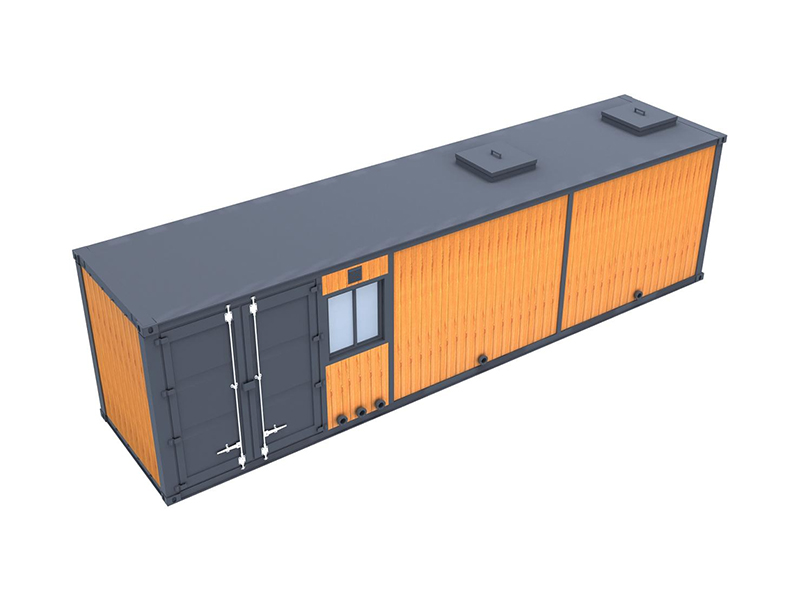
Smart construction site mud water treatment technology and integrated equipment
-
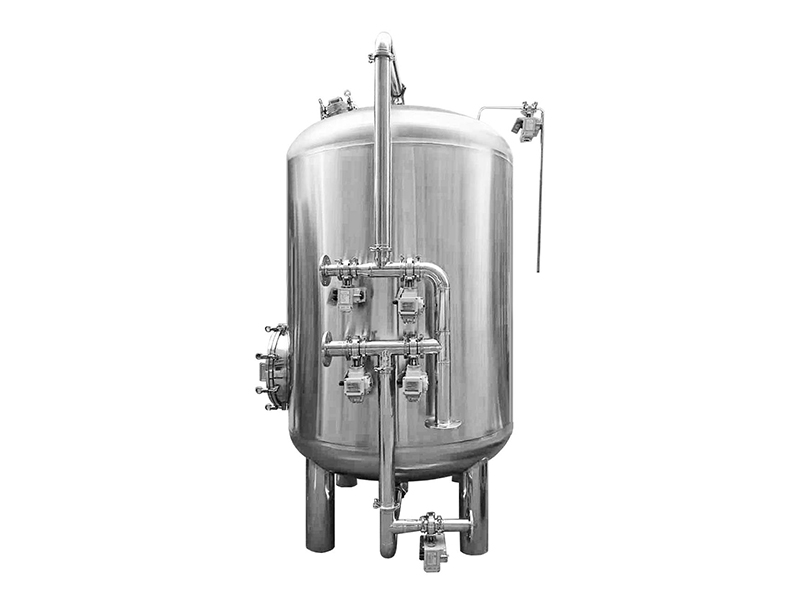
Groundwater iron and manganese removal filter
-
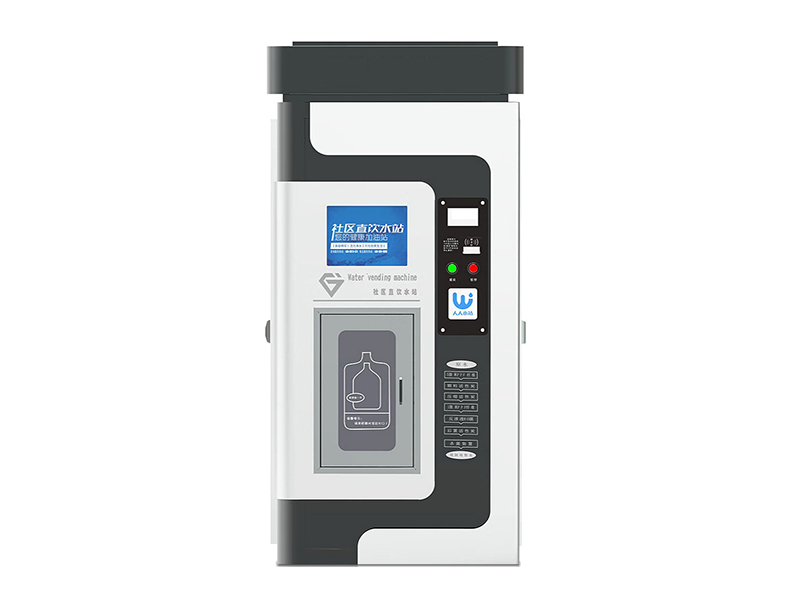
Potable water equipment
-
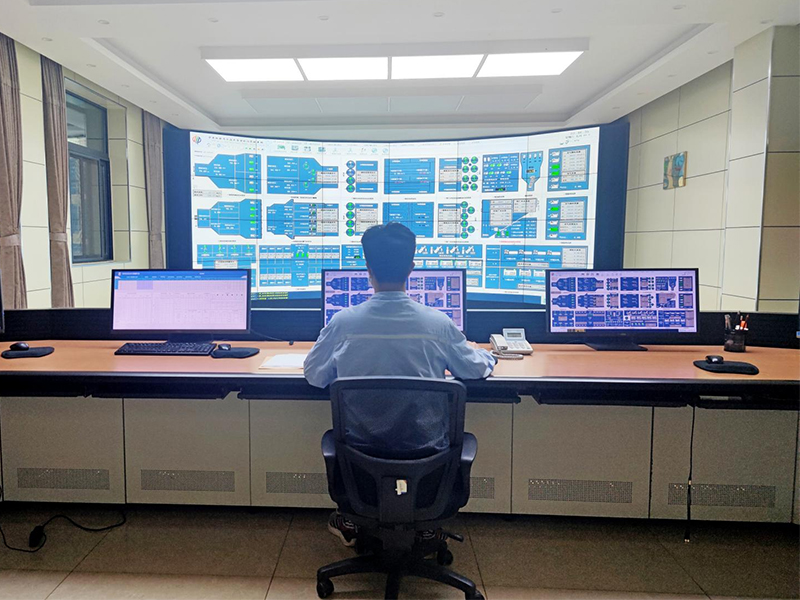
Smart water management

